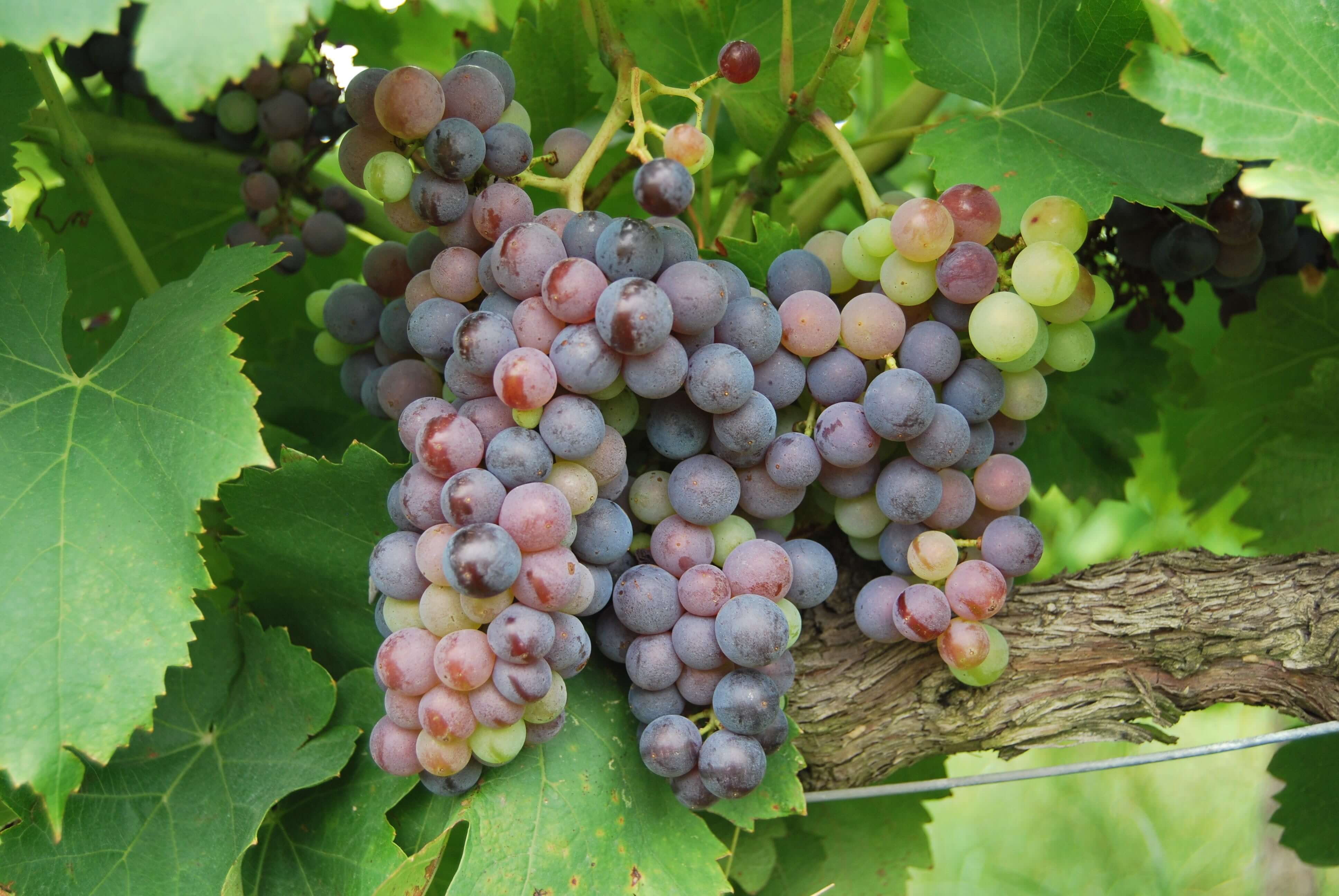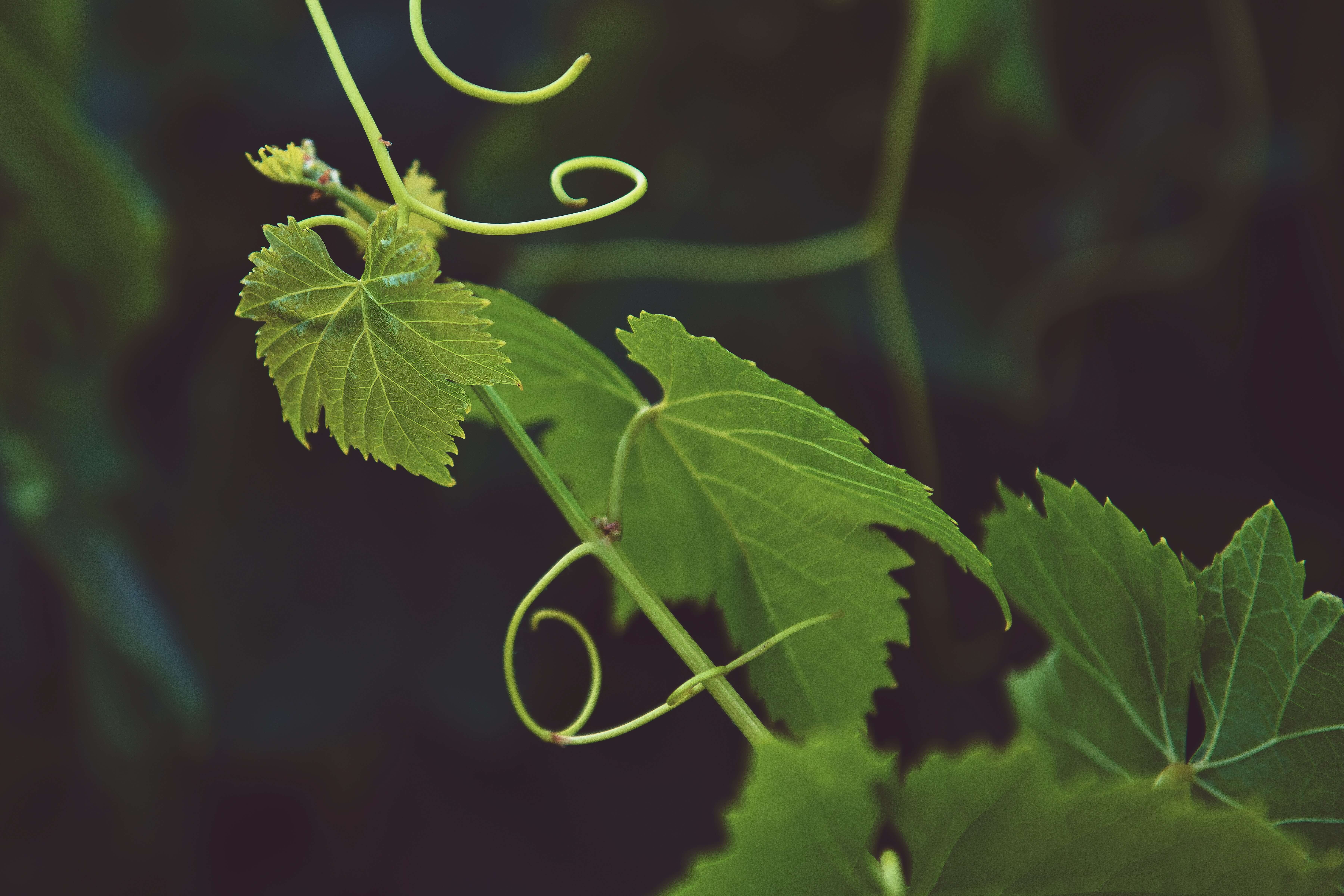Ozone Treatments on Grape Vines
Introduction:
Chemical pesticides are widely used on grape vines to protect the plants from pests, but many growers are looking for more environmentally friendly alternatives. Ozone (O3) gas has been suggested as an alternative pest control for the vines, but it could pose a danger in too high of quantities. This study examined the concentration and duration of ozone needed to produce systemic acquired resistance genes in the vines without affecting their health.Set Up:
The researchers used three-year-old grafted vines in three different trials from 2019 to 2020. Three different combinations of ozone concentration and duration of treatment were tested in each trial: 1) gaseous ozone at 300 ppb for 12 hours, 2) gaseous ozone at 100 ppb for 6 hours, and 3) gaseous ozone at 100 ppb for 3 hours. After the first trial, the plants were tested with just 100 ppb for 3 hours in a second trial. After seven days, the chlorophyll of leaves in different developmental stages was measured 10 times each with an Apogee chlorophyll concentration meter.Results:
The first two treatments visibly damaged the leaves, causing burn damage and oxidative stipple disease on their surface. The leaves in the third treatment did not have any visible damage and the parameters were used in the next trial. Most vines treated with O3 showed an increase in damage resistance genes, but photosynthetic activity was not changed. Plants exposed to higher concentrations of O3 were also changed structurally.Conclusion:
These results suggest that even low, non-toxic doses of ozone can help stimulate the development of resistance-related genes in grape vines. However, the ozone concentration is directly correlated to oxidization damage to the plants. This study shows that 100 ppb of O3 for three hours on vines is effective in stimulating SAR-related gene without damaging the plants.
Image 2. Photo by Boudewijn Huysmans; Cluster of grapes on the vine
Application Summary

Image 1. Photo by Tim Mossholder; Grape vines
Summary
An Apogee chlorophyll concentration meter helped measure the effects of ozone gas on the development of grape vines.
Apogee Sensor Used
Location
Italy
Authors
- Margherita Modesti
- Roberto Forniti
- Elena Brunori
- Fabio Mencarelli
- Andrea Bellincontro
- Pietro Tonutti
Reference Article
